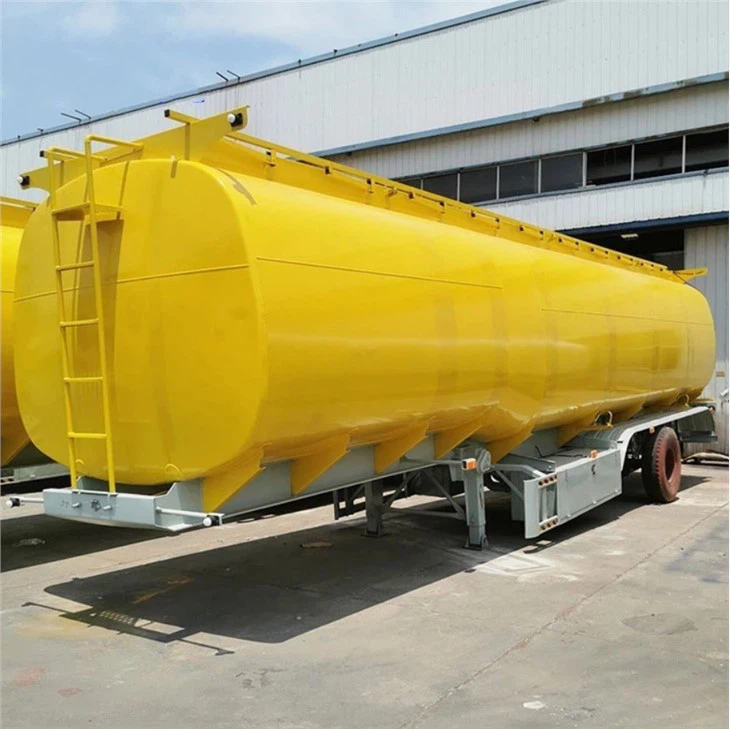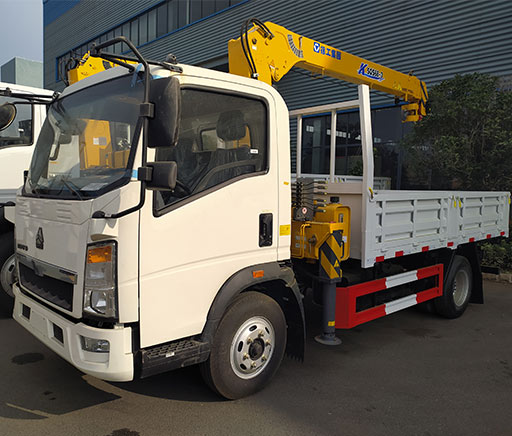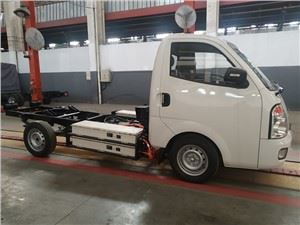Inside a Garbage Truck Compactor: Everything You Need to Know

When you think of waste management, the image of a garbage truck often comes to mind. However, there’s much more to these vehicles than simply collecting trash. A crucial component of garbage trucks is the compactor, responsible for compressing waste to maximize efficiency. This article delves deep into what it means to be inside a garbage truck compactor, exploring its mechanics, safety, maintenance, and more.
Understanding the Garbage Truck Compactor
What is a Garbage Truck Compactor?
A garbage truck compactor is a mechanical system designed to compress waste material such as household trash, recyclables, and yard waste. By reducing the volume of waste, these compactors allow garbage trucks to carry more loads while needing fewer trips to landfills.
How Does a Compactor Work?
The compaction process involves a large hydraulic ram that pushes against the waste inside the compactor chamber. This ram can exert considerable force, crushing the waste down and enabling the truck to optimize its space. The waste is then stored in the truck’s hopper until it reaches its destination.
Components of a Garbage Truck Compactor
| Component | Description |
|---|---|
| Hydraulic Ram | The device that compresses the waste. It operates using hydraulic fluid to achieve high pressure. |
| Control System | Allows the driver to operate the compaction process easily, usually located within the cab. |
| Hopper | The chamber where the waste is deposited before being compacted. |
| Tailgate | The rear part of the truck that opens to allow waste to be dumped. |
Benefits of Using a Garbage Truck Compactor
1. Space Efficiency
Compactors assist in making the most of available truck space, allowing for more waste to be transported per trip. This reduces the number of trips necessary to landfill sites.
2. Environmental Impact
By compacting waste and reducing volumes, garbage trucks decrease fuel consumption and lower emissions. This ultimately contributes to lower pollution levels in the environment.
3. Cost-Effectiveness
Fewer trips and less fuel consumption result in cost savings for waste management companies. This efficiency can translate to lower service fees for consumers.
The Process of Compaction
Steps Involved in Waste Compaction
1. Loading the Waste
As the garbage truck arrives at a designated location, the waste is loaded into the hopper. This process typically involves automated lifts or mechanical arms for efficiency.
2. Initiation of Compaction
Once the hopper is filled, the driver activates the compaction mechanism. The hydraulic ram starts applying pressure, pushing the waste downwards.
3. Monitoring the Process
Drivers often monitor the compaction process to ensure that everything is operating smoothly. Control panels within the cab provide information about the compaction cycles.
4. Unloading the Compacted Waste
Upon reaching the landfill or waste processing center, the truck backs into position and raises the tailgate, allowing the compacted waste to drop out.
Safety Considerations Inside a Garbage Truck Compactor
1. Operating Procedures

Strict adherence to operating procedures is crucial when using a garbage truck compactor. Workers should always follow safety guidelines to avoid accidents.
2. Personal Protective Equipment (PPE)
Workers interacting with garbage trucks should wear appropriate PPE, including gloves, hard hats, and reflective vests. This helps ensure safety during collection and unloading periods.
3. Avoiding Injury Risks
It is essential to be aware of the potential risks involved with garbage truck compactors. Employees should be trained to avoid placing their hands or any body parts near moving parts.
Maintenance of Garbage Truck Compactors
1. Regular Inspections
Frequent checks on the compactor mechanism, hydraulic systems, and electrical components are necessary to maintain proper functioning. Regular inspections help catch any issues before they escalate.
2. Cleaning the Compactor

Cleaning the compactor regularly prevents the buildup of waste, which can lead to malfunctions or odors. Operators should be trained on safe cleaning procedures to maintain hygiene.

3. Lubrication
All moving parts in the compactor should be adequately lubricated to ensure smooth operation and prevent wear and tear.
4. Troubleshooting Common Issues
Operators should be familiar with common issues such as hydraulic leaks, blockages, or control malfunctions. Early troubleshooting can prevent downtime and operational delays.
Real-world Examples of Garbage Truck Compacting
Case Study 1: Urban Waste Management
In urban cities, garbage trucks are equipped with compactors to handle the sheer volume of residential waste. These trucks can carry up to 12 tons of waste due to their compaction capabilities, thus making waste management more efficient.
Case Study 2: Recycling Operations
Many municipal recycling programs utilize compactors as well. By compacting recyclables, these trucks can transport more material to recycling facilities, promoting sustainability and reducing landfill use.
Future Trends in Garbage Truck Compacting
1. Smart Technology Integration
The future of garbage trucks may include smart functionalities, from automated compaction systems to real-time monitoring for more efficient operations.
2. Sustainability Enhancements
With increasing environmental concerns, garbage trucks are likely to incorporate more sustainable designs, utilizing electric or hybrid models to reduce carbon footprints.
3. Increased Automation
Automation in waste collection and compaction could help reduce labor costs and improve operational efficiency, leading to advancements in how waste is managed globally.
FAQs About Garbage Truck Compactors
1. How does the compactor increase efficiency?
The compactor increases efficiency by dramatically reducing the volume of waste, allowing garbage trucks to carry more load per trip and minimizing their transportation frequency.
2. Is it safe to work near a garbage truck compactor?
While there are inherent risks involved, following safety guidelines, wearing PPE, and receiving proper training significantly reduces the risk of accidents near garbage truck compactors.
3. How often should garbage truck compactors be maintained?
Garbage truck compactors should undergo regular inspections and maintenance checks every few months, or whenever there is a noticeable issue, to ensure they remain in optimal working condition.
4. What materials can be compacted?
Most solid waste types, including organic waste, recyclables, and general refuse, can be compacted in garbage truck compactors. However, materials like electronics or hazardous waste need to be handled separately.
5. Can garbage truck compactors fail?
Yes, like any mechanical system, garbage truck compactors can fail due to wear and tear or hydraulic issues. Regular maintenance and inspections help mitigate these risks.
6. Are there different types of garbage truck compactors?
Yes, there are various types of garbage truck compactors, including front loaders, rear loaders, and side loaders, each designed for specific waste collection strategies and urban environments.
